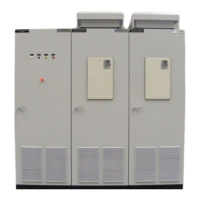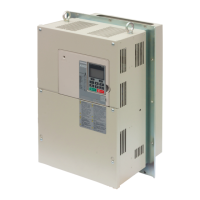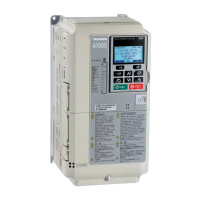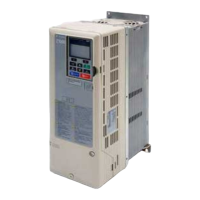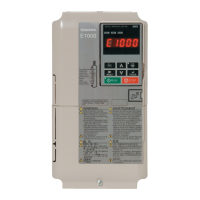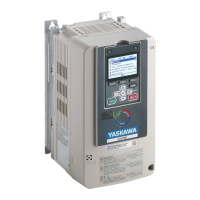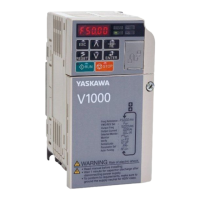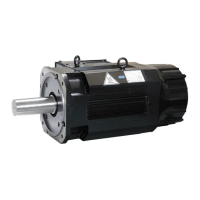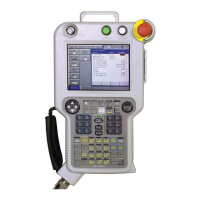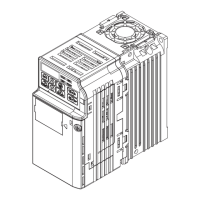5.4 d: Reference Settings
YASKAWA ELECTRIC SIEP C710616 27G YASKAWA AC Drive A1000 Technical Manual 205
Conditions that Generally Reset or Disable Parameter d4-06
• When the Up/Down 2 function has not been assigned to the multi-function terminals
• When the frequency reference source has been changed (inc
luding LOCAL/REMOTE or External reference 1/2 switch
over by digital inputs)
• If d4-03 = 0.00 Hz, d4-05 = 1 and the Up/Down 2 commands are both open or both closed
• Any changes to the maximum frequency set to E1-04
d4-07: Analog Frequency Reference Fluctuation Limit (Up/Down 2)
This parameter is for handling changes in the frequency reference while the terminal set for Up 2 or Down 2 is enabled.
If the frequency reference changes for more than the level set to d4-07, then the bias value will be held, and the drive will
accelerate or decelerate following the frequency reference. When the frequency reference is reached, the bias hold is
released and the bias follows the Up/Down 2 input commands.
Parameter d4-07 is applicable only if
the frequency reference is set by an analog or pulse input.
d4-08: Frequency Reference Bias Upper Limit (Up/Down 2)
Parameter d4-08 sets the upper limit of the Up/Down 2 bias (monitor U6-20) and the value that can be saved in parameter
d4-06. Set this parameter to an appropriate value before using the Up/Down 2 function.
Note: When the frequency reference is set by the digital operator (b1-01 = 0) and d4-01 = 1, the bias value will be added to the
frequency reference if no Up/Down 2 command is received for 5 s, and will be reset to 0 afterwards. From that point, the bias can
be increased up to the limit set in d4-08 again.
d4-09: Frequency Reference Bias Lower Limit (Up/Down 2)
Parameter d4-09 sets the lower limit of the Up/Down 2 bias (monitor U6-20) and the value that can be saved in parameter
d4-06. Set this parameter to an appropriate value before using the Up/Down 2 function.
Note: When the frequency reference is set by the digital operator (b1-01 = 0) and d4-01 = 1, the bias value will be added to the
frequency reference if no Up/Down 2 command is received for 5 s, and will be reset to 0 afterwards. If the bias is increased using
the Up 2 command, it cannot be reduced with a Down 2 command when the limit set in d4-09 is 0. To allow speed reduction in
this situation, set a negative lower limit in d4-09.
d4-10: Up/Down Frequency Reference Limit Selection
Selects how the lower frequency limit is set when the Up/Down function is used. Refer to Setting 10, 11: Up, Down
command on page 238 for details on the Up/Down function in
combination with frequency reference limits.
Setting 0: Lower Limit is Determined by d2-02 or Analog Input
The lower frequency reference limit is determined by the higher value of either parameter d2-02 or an analog input (A1,
A2, A3) that is programmed for “Frequency bias”.
Note: For example, if the command to switch the external reference (H1- = 2) is used to switch between the Up/Down function and
an analog input as the reference source, then the analog value would become the lower reference limit when the Up/Down
command is active. Change d4-10 to 1 to make the Up/Down function independent of the analog input value.
Setting 1: Lower Limit is Determined by Parameter d2-02
Only parameter d2-02 sets the lower frequency reference limit.
No. Parameter Name Setting Range Default
d4-07 Analog Frequency Reference Fluctuation Limit (Up/Down 2) 0.1 to 100.0% 1.0%
No. Parameter Name Setting Range Default
d4-08 Frequency Reference Bias Upper Limit (Up/Down 2) 0.0 to 100.0% 100.0%
No. Parameter Name Setting Range Default
d4-09 Frequency Reference Bias Lower Limit (Up/Down 2) -99.9 to 0.0% 0.0%
No. Parameter Name Setting Range Default
d4-10 Up/Down Frequency Reference Limit Selection 0 or 1 0
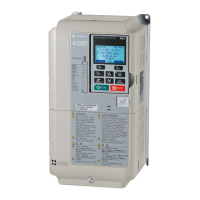
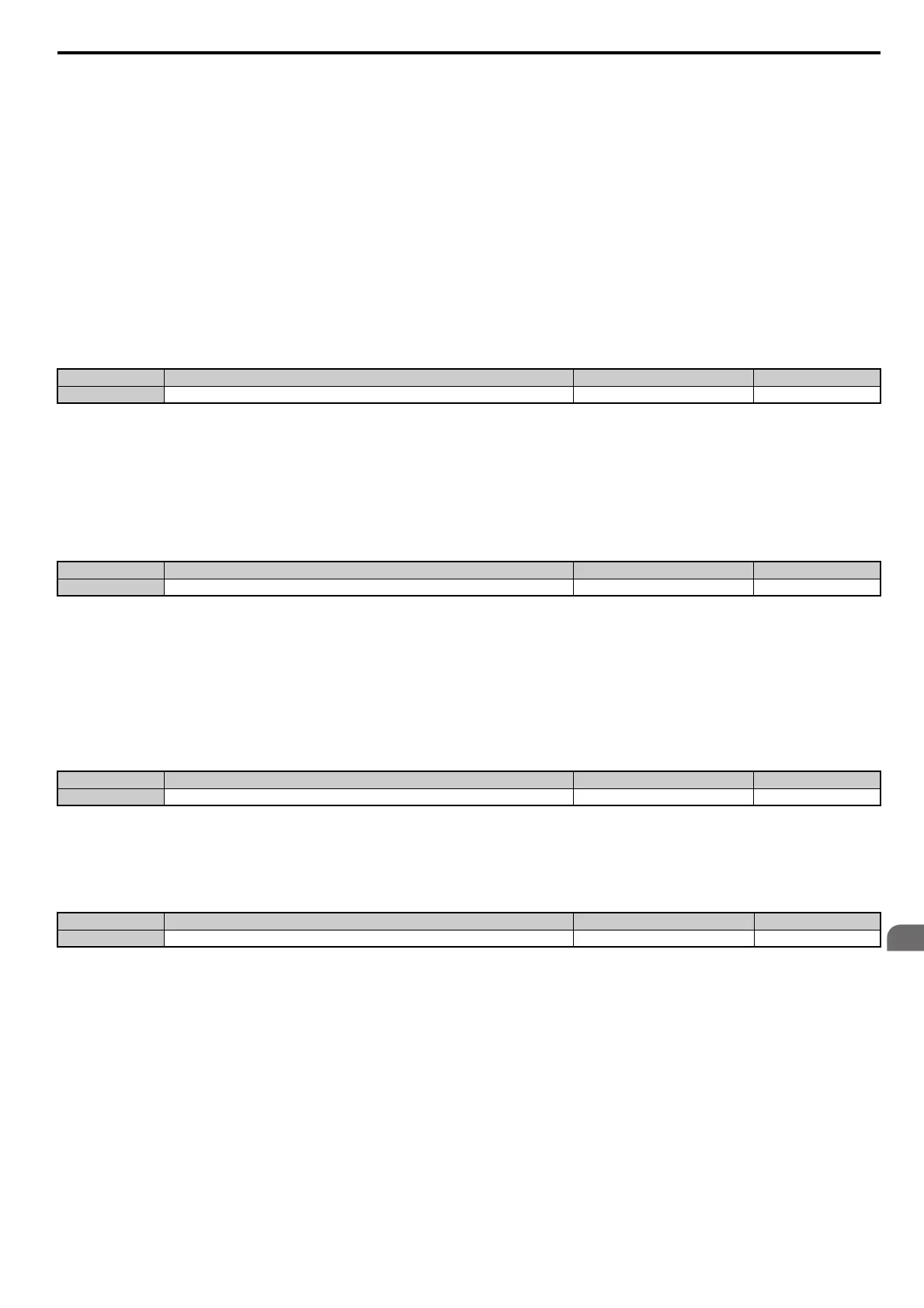